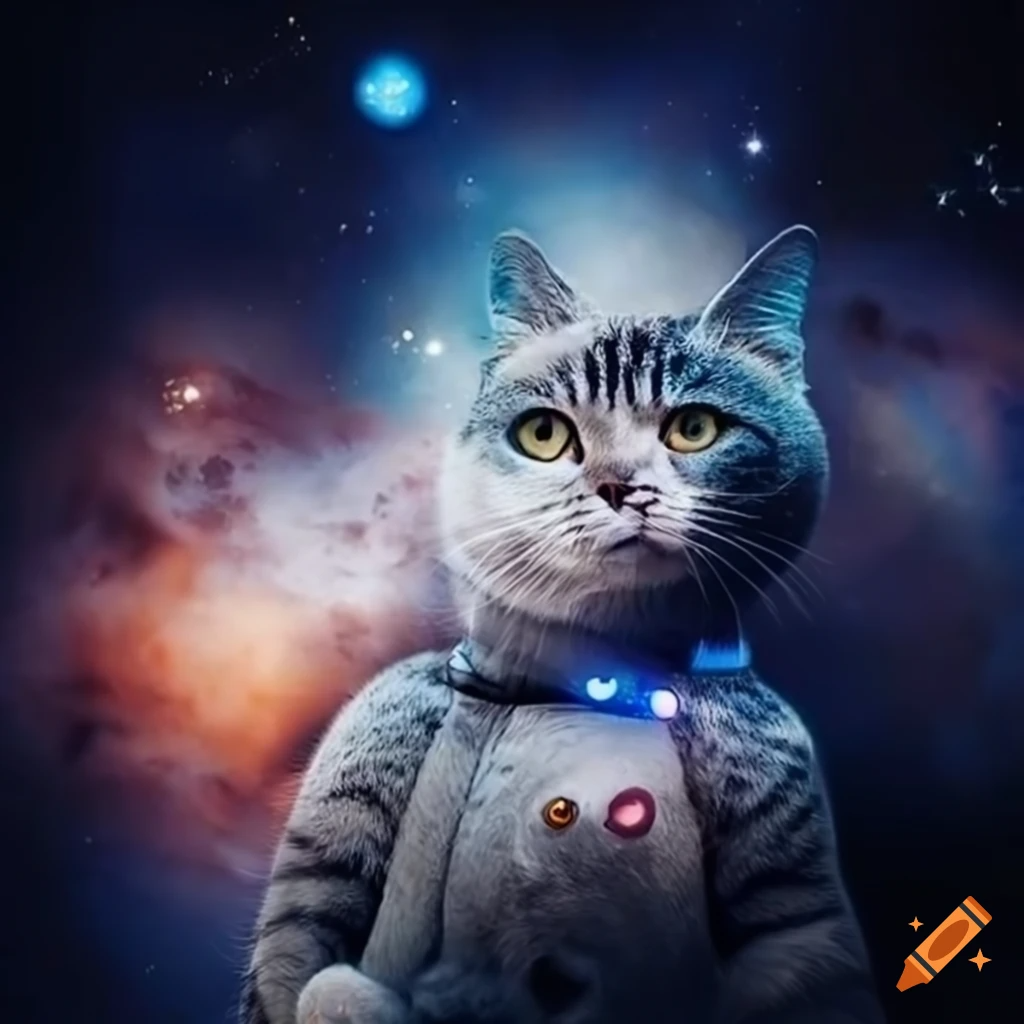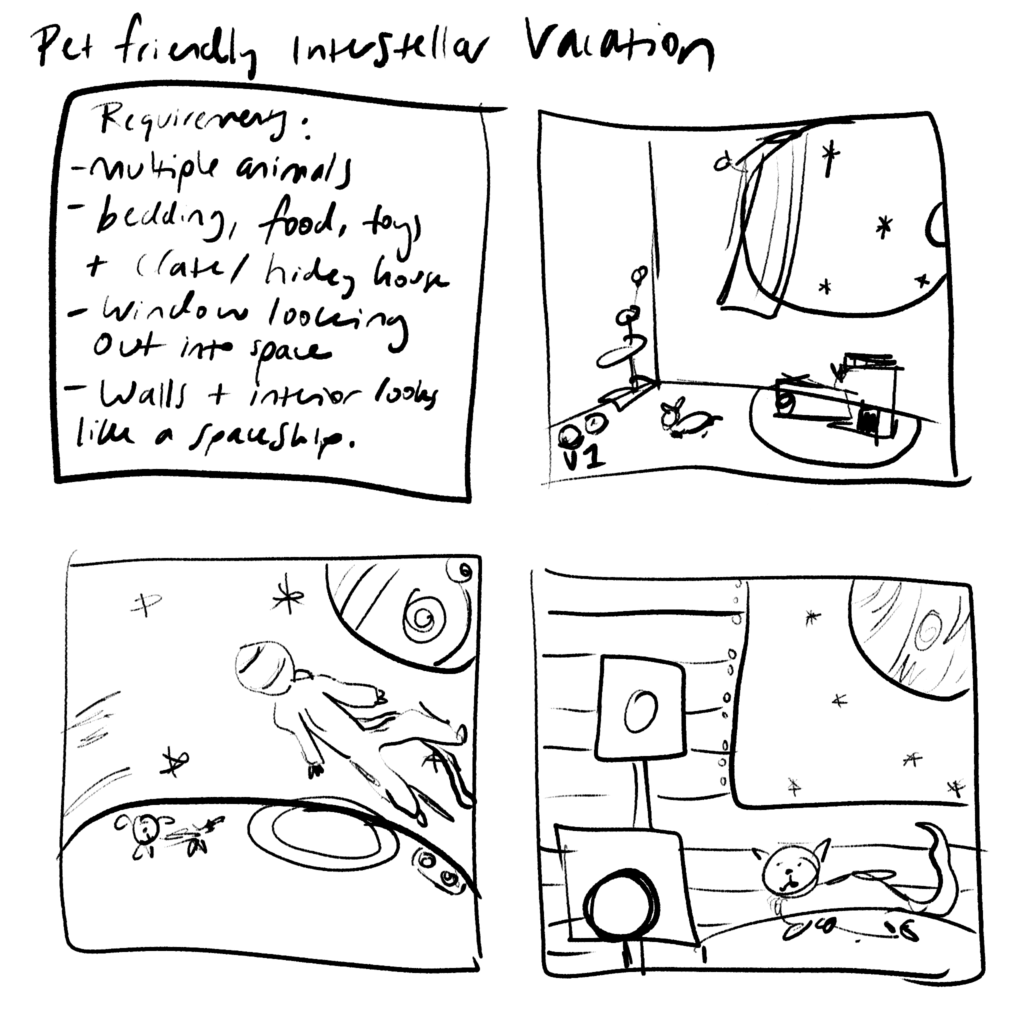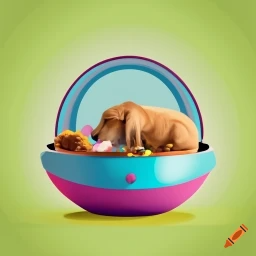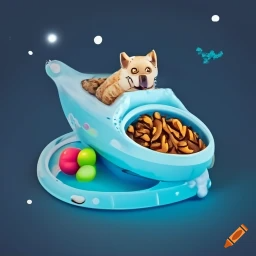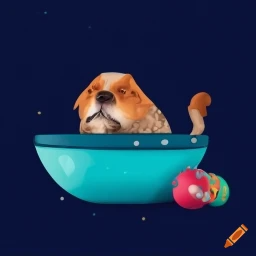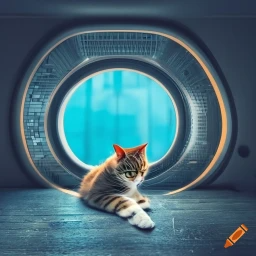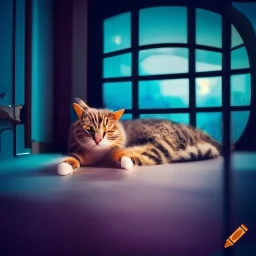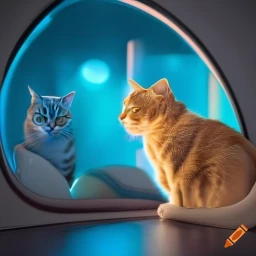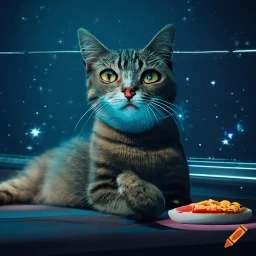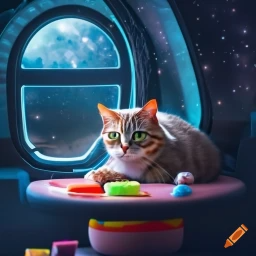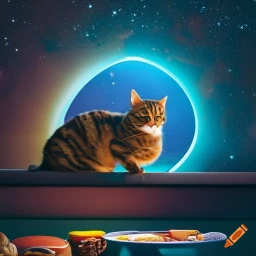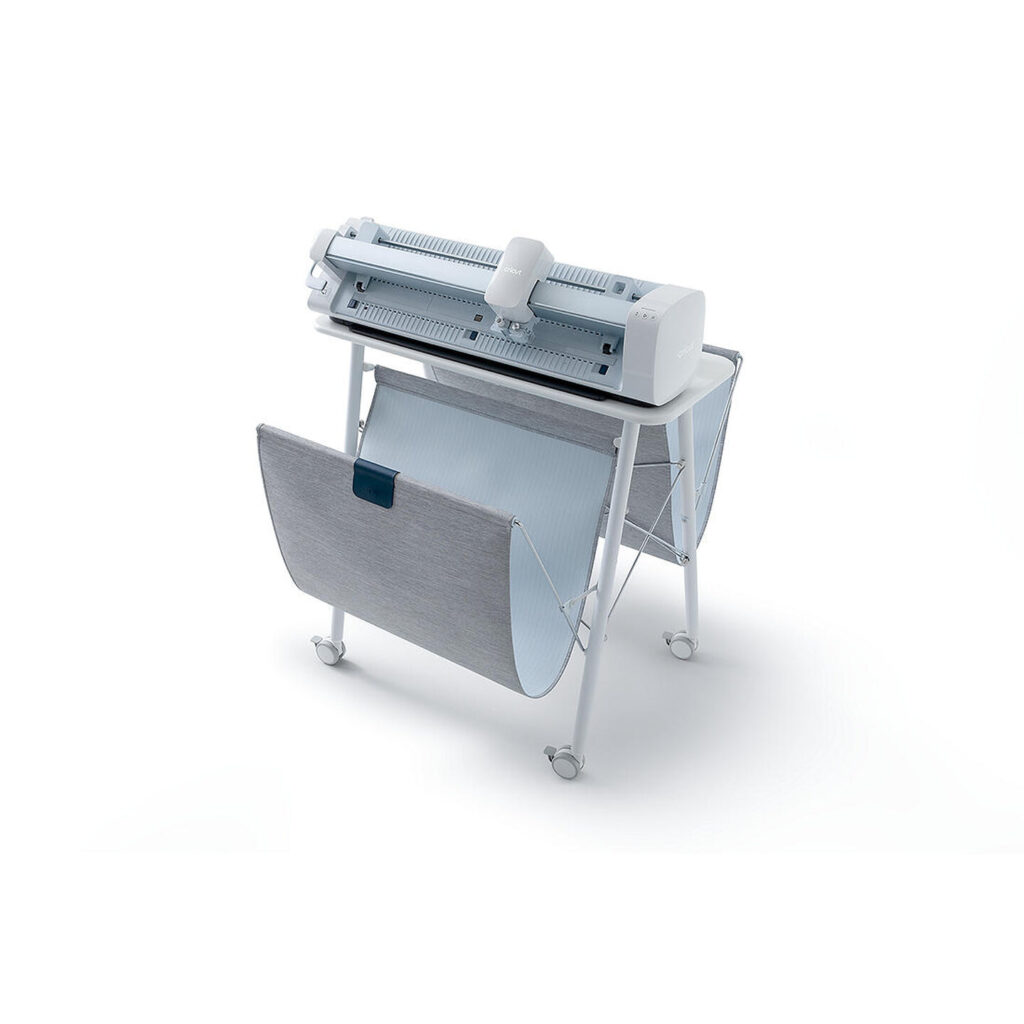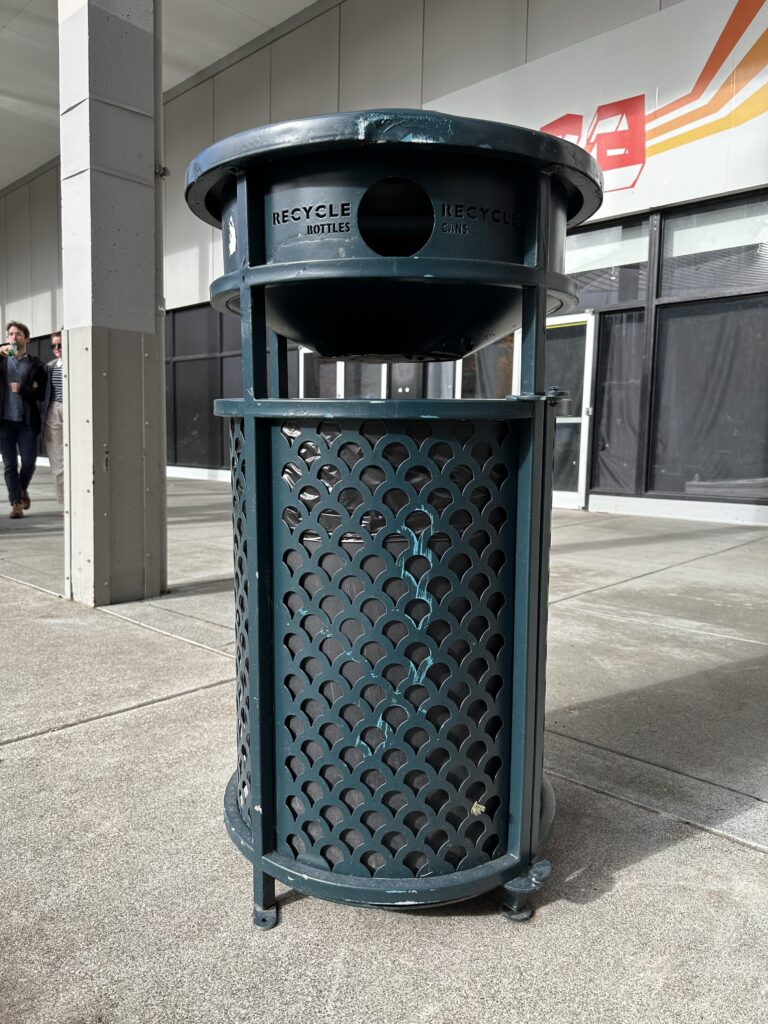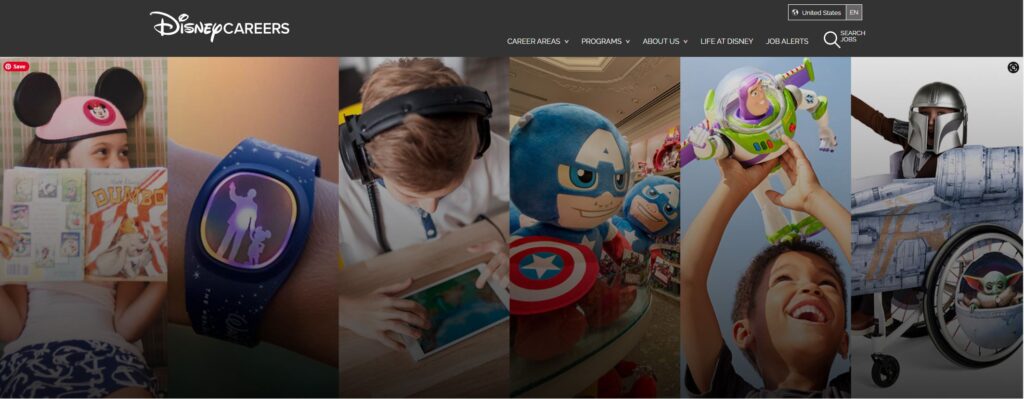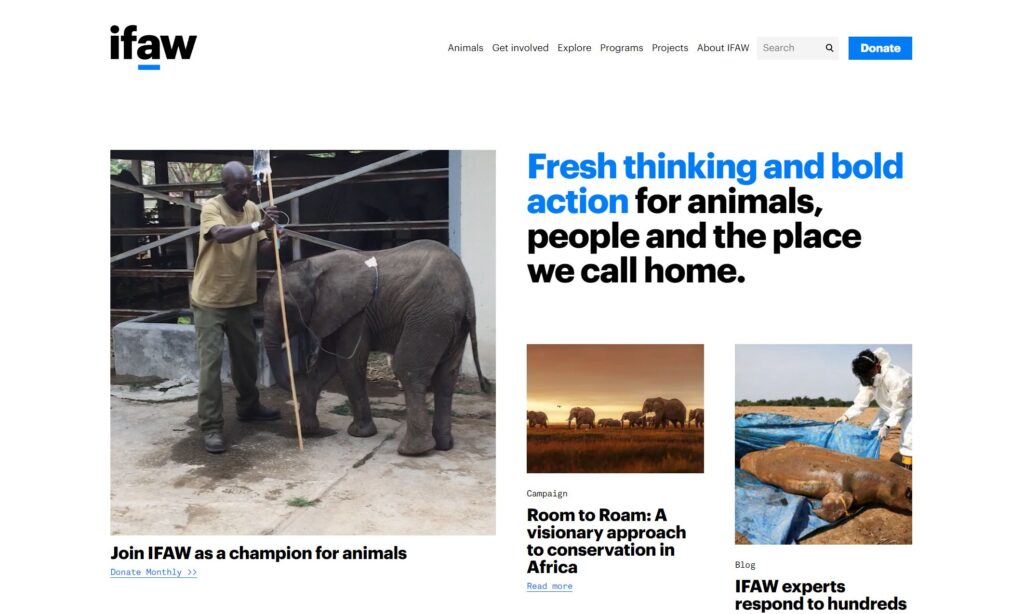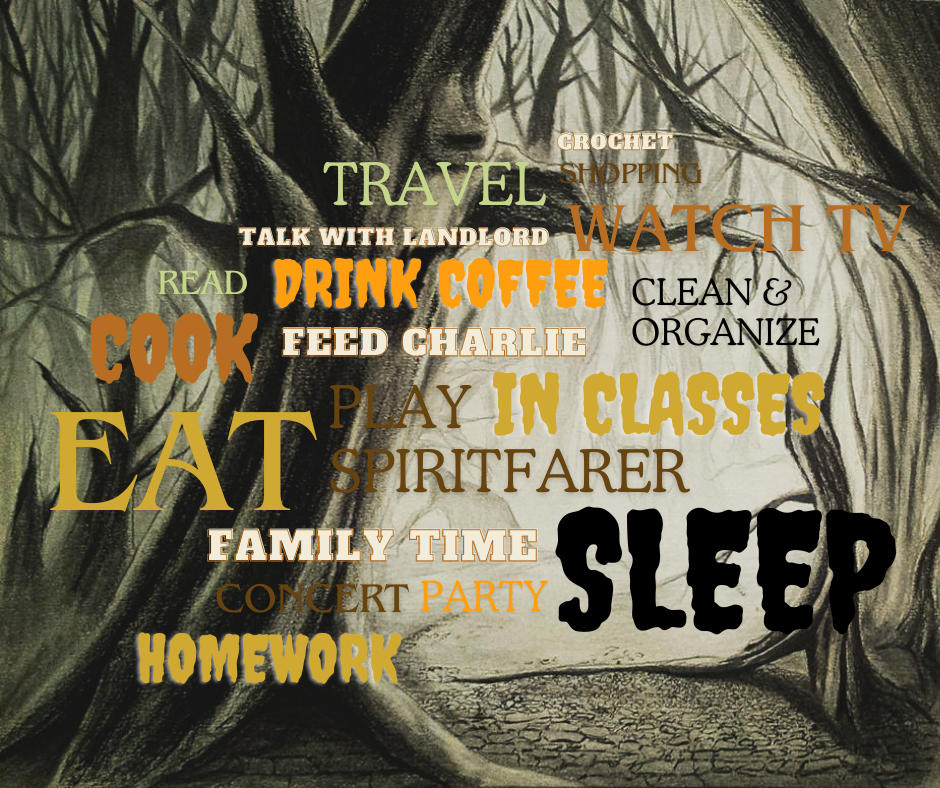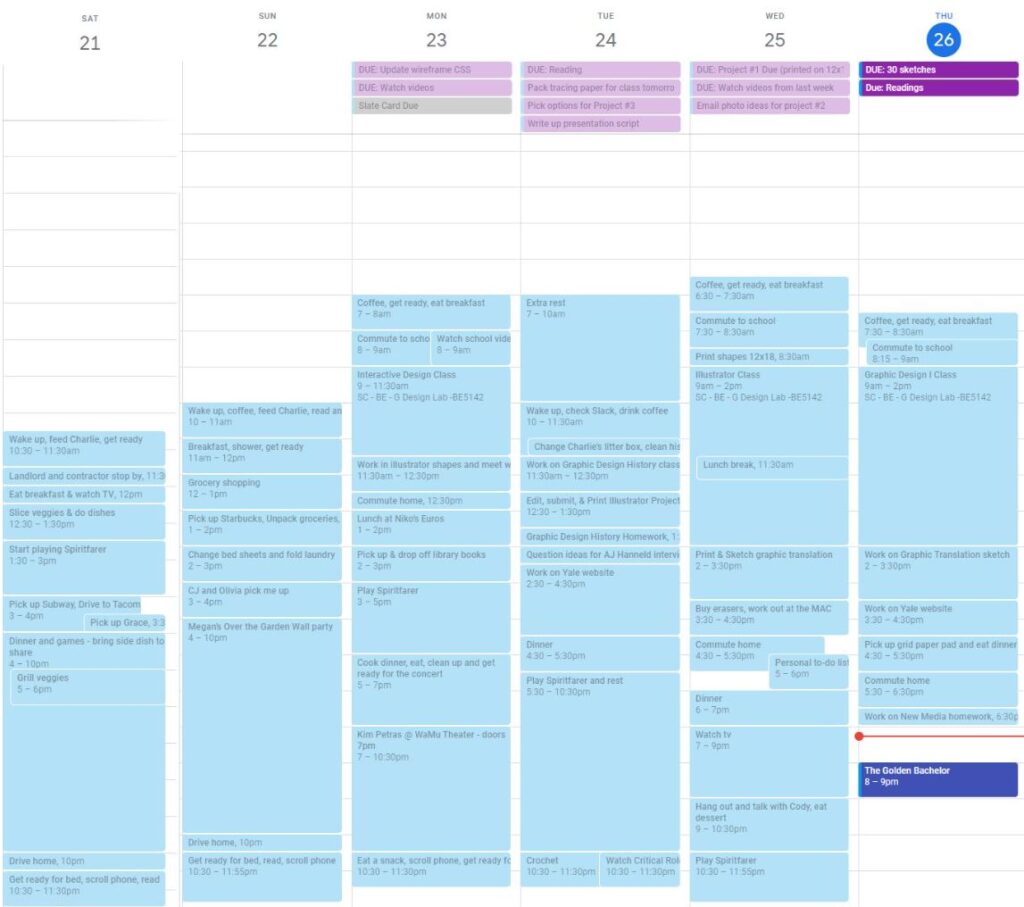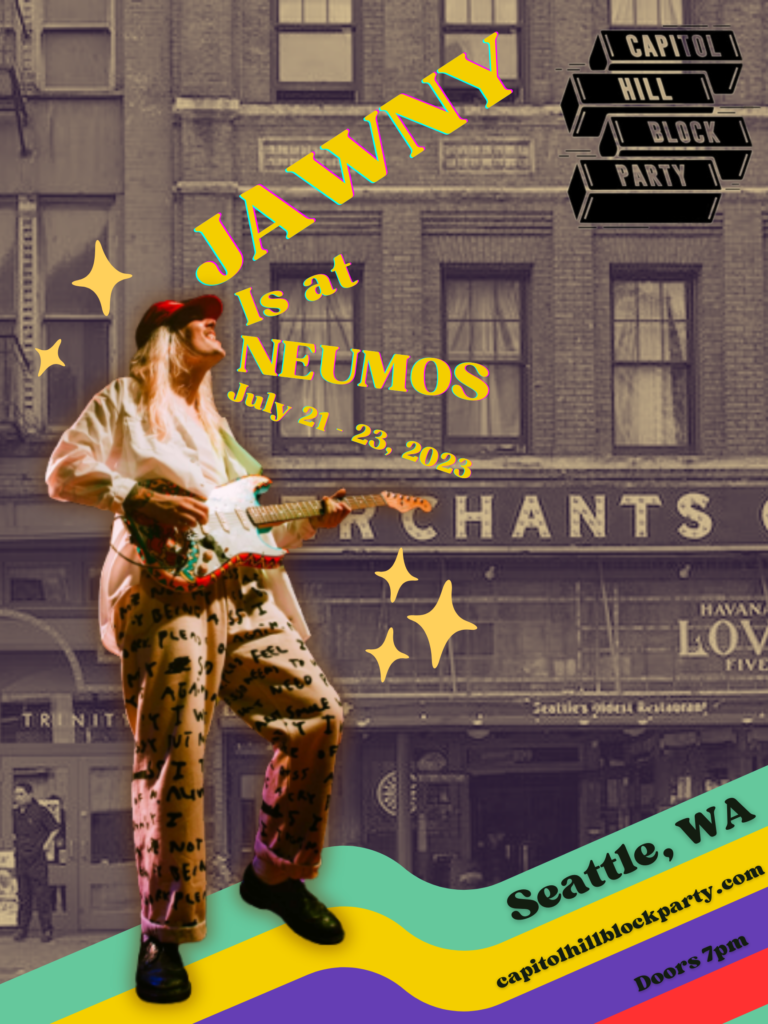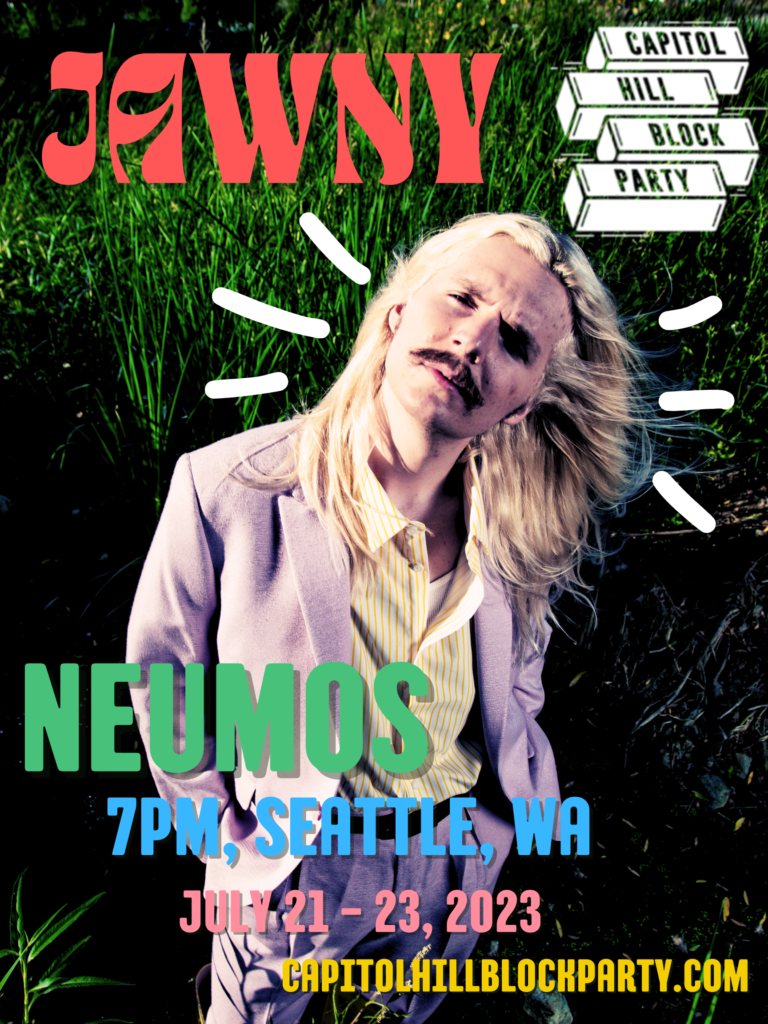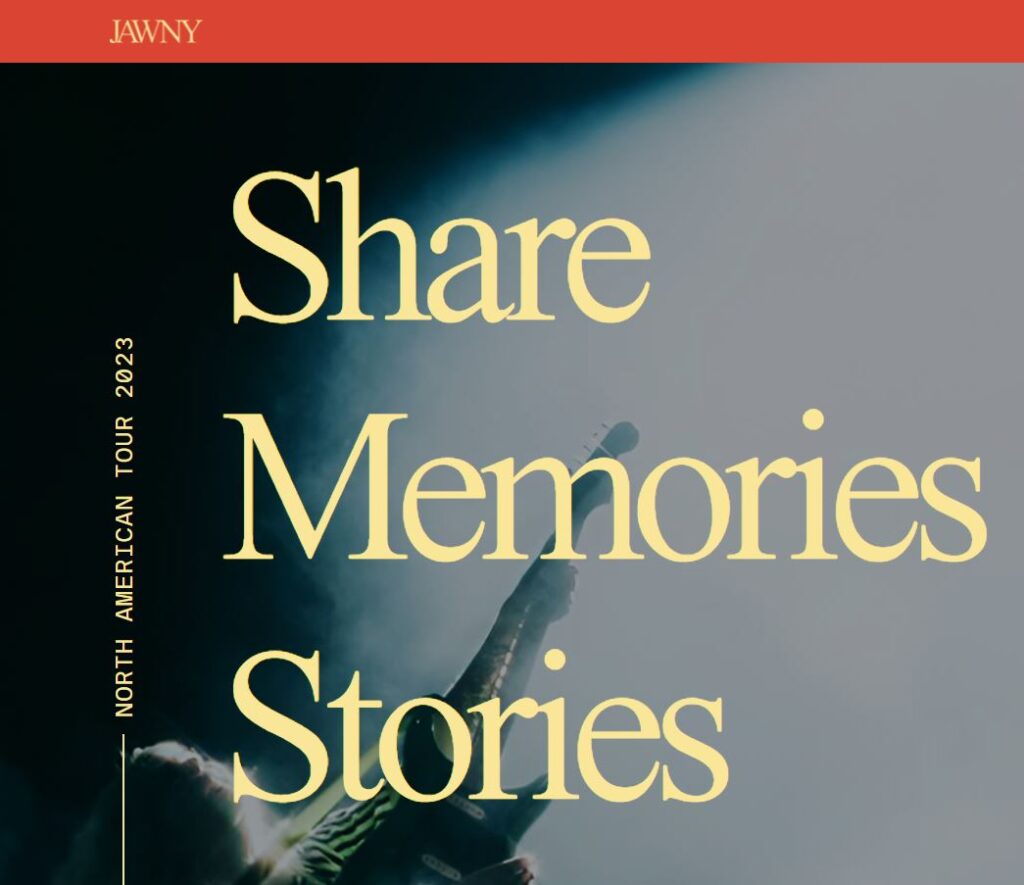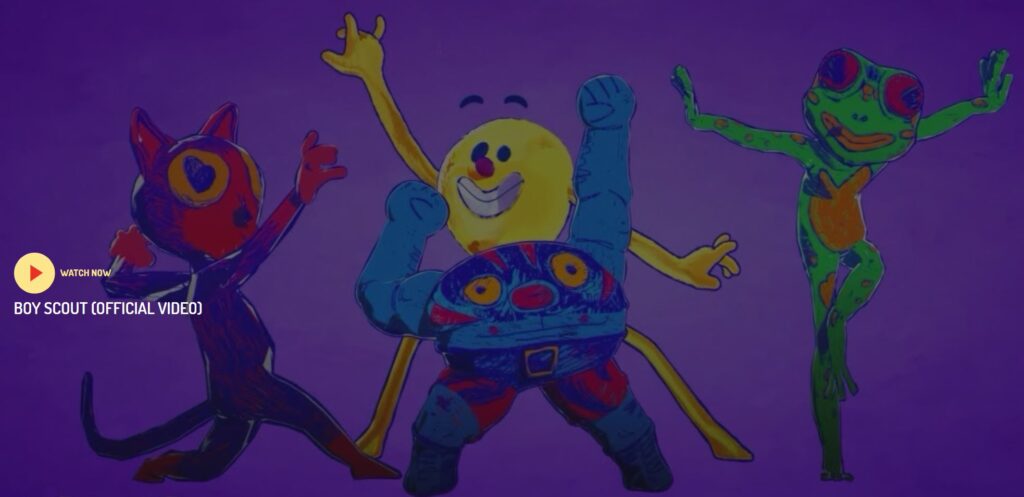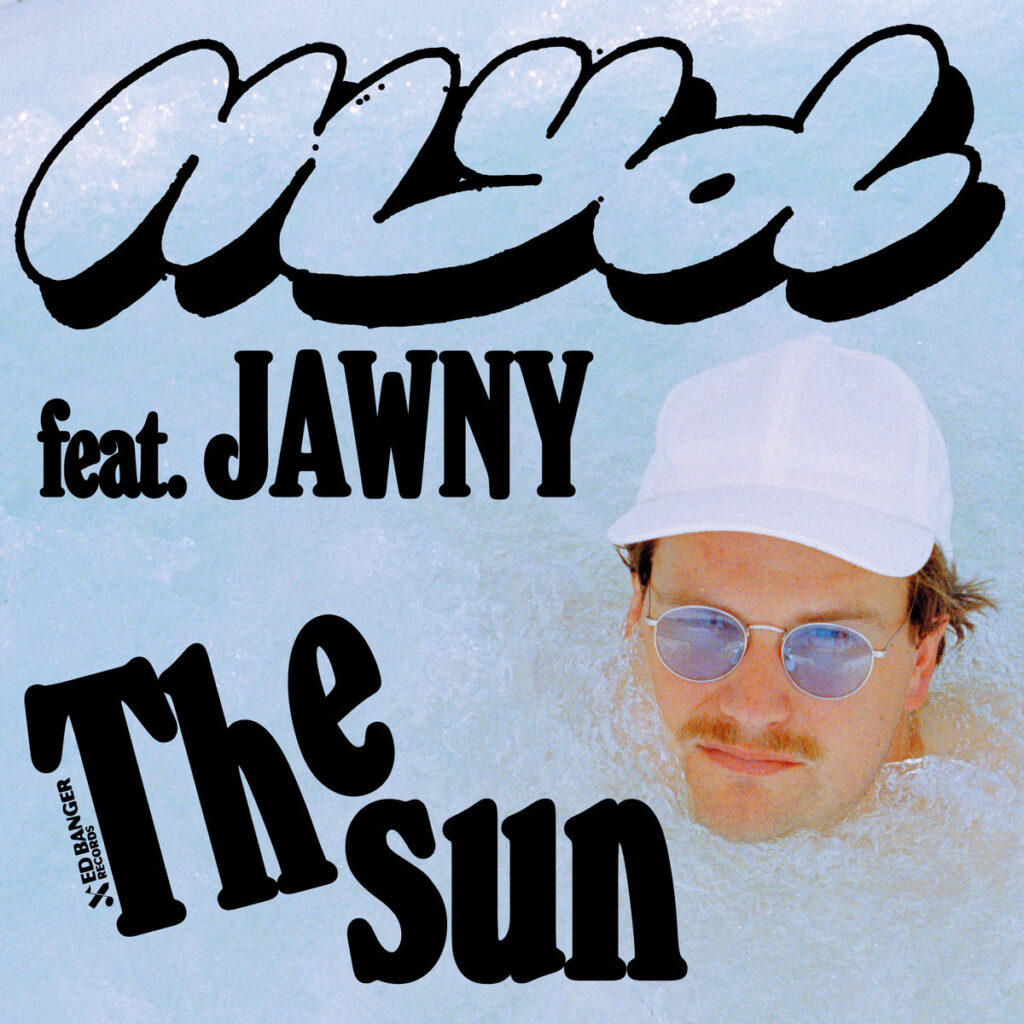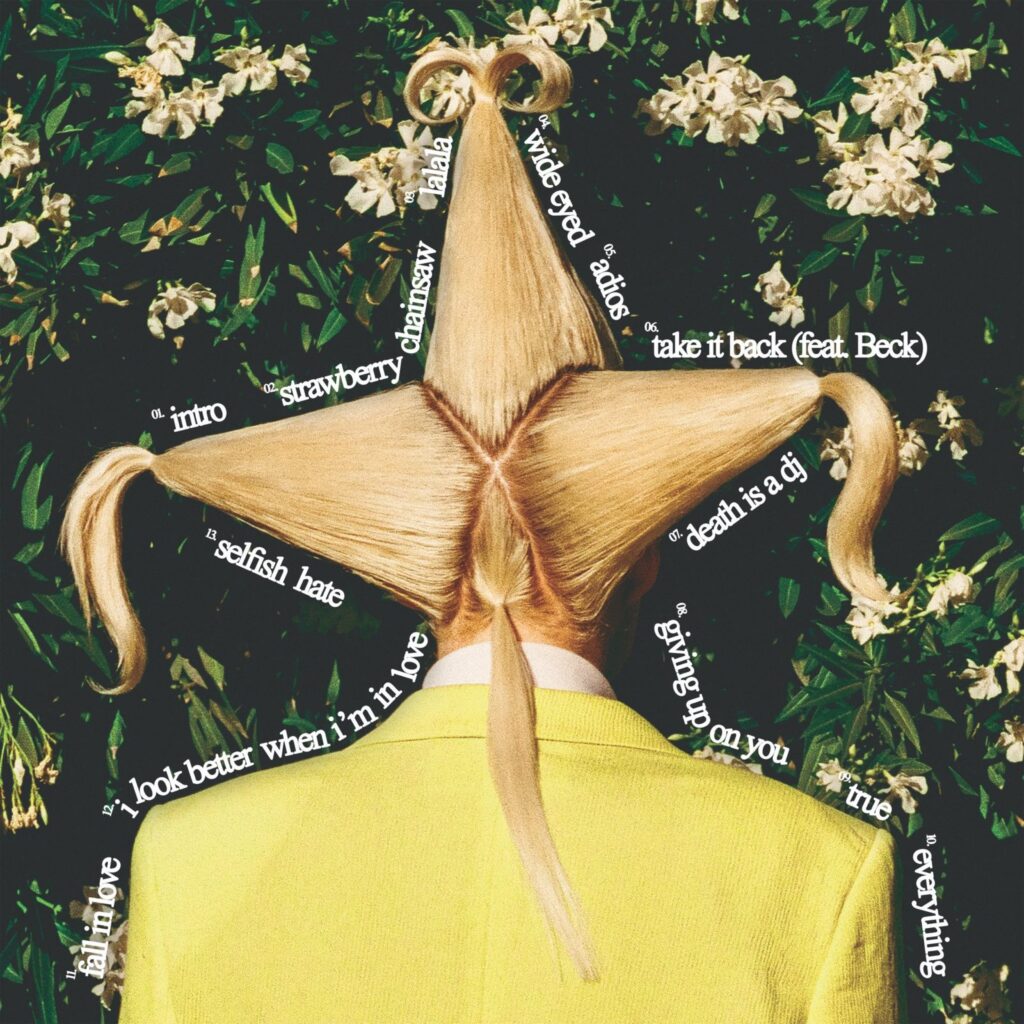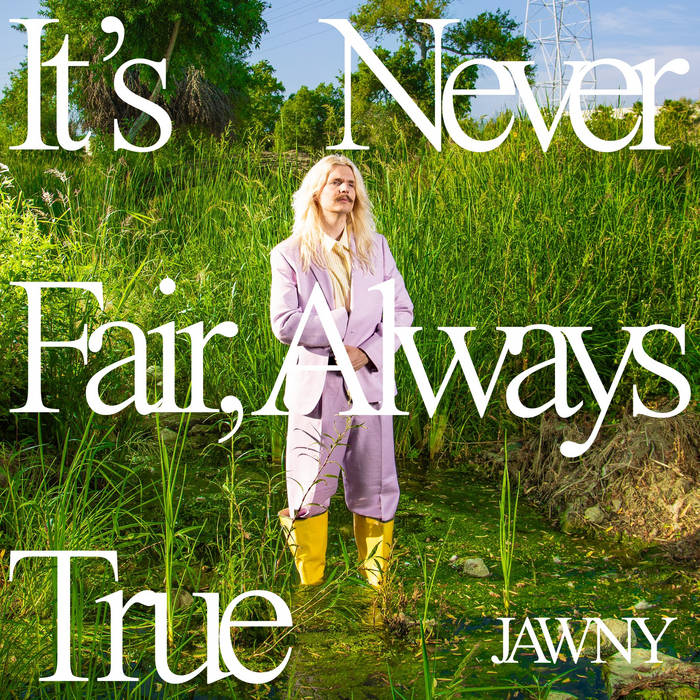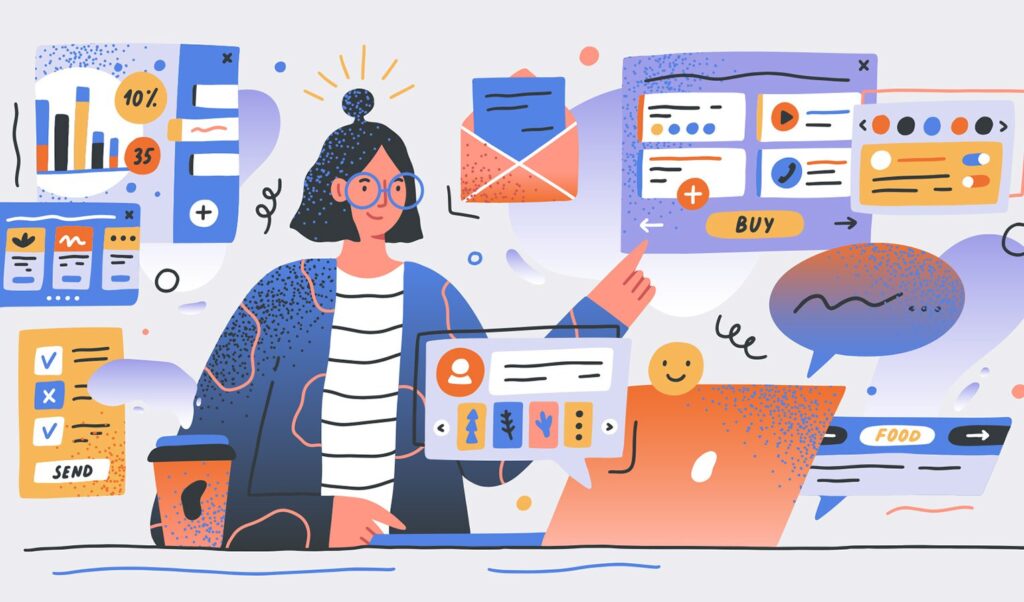
When I think about my future as a graphic designer, it feels fuzzy. I still haven’t explored all of the possible pathways, so I don’t know what will really strike my interest in the end. It is also possible for me to receive opportunities to do things that I couldn’t even have imagined, so planning how to be versatile “enough” is hard. As of this VERY early stage, my interests are Branding and Identity, Packaging, Environmental, and UX/UI design (especially in the gaming industry). There are so many skills that are incredibly valuable in all of these niches. And many more I won’t even know I need until I have experience working in the field. To prepare myself for a variety of possibilities, I am going to focus on these skills in my “toolkit”.
#1 Communication
It doesn’t matter where I go or what I choose to do, working with people is guaranteed. Valuing relationships, keeping an open mind, approaching conversations with curiosity first, and contributing are (in my opinion) the most important ways to practice good communication. When working in group projects for instance, I make a point to ask questions or engage in conversation casually, 0ff-topic. Learning about the people you are working with makes the process of designing more meaningful, and more fun. I remind myself to keep an open mind to other’s ideas that may or may not be wildly different from my own. Together you can create things that are better than one could do together. With that, asking meaningful questions, clarifying, and trying to understand the deeper meaning behind issues help to keep the conversation productive. Doing my part – keeping up with the responsibilities I have and what I owe to the people I work with will always be a value I hold. In my six years of teaching, I had a wide variety of good and very bad communication experiences. I feel much more prepared for work in Graphic Design because this is a skill I have already have a lot of experience working on.
#2 Self Confidence
This is a skill that I think I will be working on for the rest of my life. Art is extremely vulnerable, and its so easy to take things personally. A huge part of the curriculum here at SCCA is about learning how to give and receive constructive feedback, and use it to improve our work. Training our brains to think of criticism and feedback as useful will make our work stronger.
#3 Time/Project Management
I know that our time will be structured differently when we are working designers. We will balance multiple projects at once and likely will have to prioritize how we break up our time to work on each element of the project. We will be working with timelines that we did not set, but that are not that flexible with our clients. For me, I am learning a lot about time expectations. Some activities naturally take me longer than others. Some stages of graphic design work require multiple days of coming back and re-working, re-iterating, or waiting on feedback from clients. There has to be a balance of good prioritization skills and flexibility to make it work without becoming a headache.
#4 Know the rules in order to break them
Truly creative, innovative design comes from finding new ways of doing things. Most of the time, people who come up with extremely creative ideas have also spent a lot of time learning their tools and the “rules” that go with them. Learning how to use the design software and having the technical skills gives you a creative playground to start trying out ideas to see what works. I am still very much learning these programs and find it difficult to dream up the possibilities when I am still so new to the software.
#5 Empathy
This is a skill I’ve been practicing my whole life. I also am a naturally empathetic person. Practicing empathy in a more intentional way goes so far when it comes to working with others. When working with clients, I plan to ask deeper questions to get to the root of their vision and needs. Considering the needs of those other than myself when designing (ex. designing for accessibility) will be a cornerstone. With co-workers or supervisors, approaching conflict or problems with good questions, curiosity, and an open mind are important. Showing good active listening is something that I do all of the time now, very intentionally.
#6 Hobbies & outside interests
What I’m learning is that a lot of good ideas come from things you’ve “technically” seen before, in some way or form. Prioritizing experiencing the world creates more jumping-off points for relating ideas from personal experience. When you have experiences that inspire you, you can think of the emotions that come up, imagine the environment, the surroundings. Learning through experiences of new people, places, and things can bring images to your mind that you would never have thought of otherwise. For me it will be important to keep traveling, keep attending art events like concerts and performances, eat food from different cultures, talk to people I don’t already know. Anything that allows me to expand what connections my mind can make.
#7 Zoom out & zoom in
Any type of graphic design work requires both the ability to think metaphorically and conceptually and consider the details that all work together to communicate an idea. A client may need you to design a logo that incorporates an orange. The designer has to ask questions to understand the meaning of the orange, to capture what the client is trying to communicate with it overall. Instead of starting with what the orange will look like, they zoom out to look at the idea itself. Then later after ideating and iterating, and receiving feedback, the designer needs to consider what the smallest details of the image communicates. I tend naturally to think about the larger concepts, the “big ideas” and find it fun to talk about them. Though, I have over the years become great at checking my work and refining on my own.
#8 Working with technology
This one is more self-explanatory, but truly a requirement in the graphic design field. Knowing how to work with different types of printers, lab equipment, computer software, a server or hard drive…etc. The list goes on. Though I have thought of myself as being fairly tech savvy, I’m learning that there are a lot of tech tools I will need to become proficient with that I do not already have experience with as a graphic designer. This definitely feels intimidating. I know that we will have some instruction, but in this case really, practice makes perfect.
